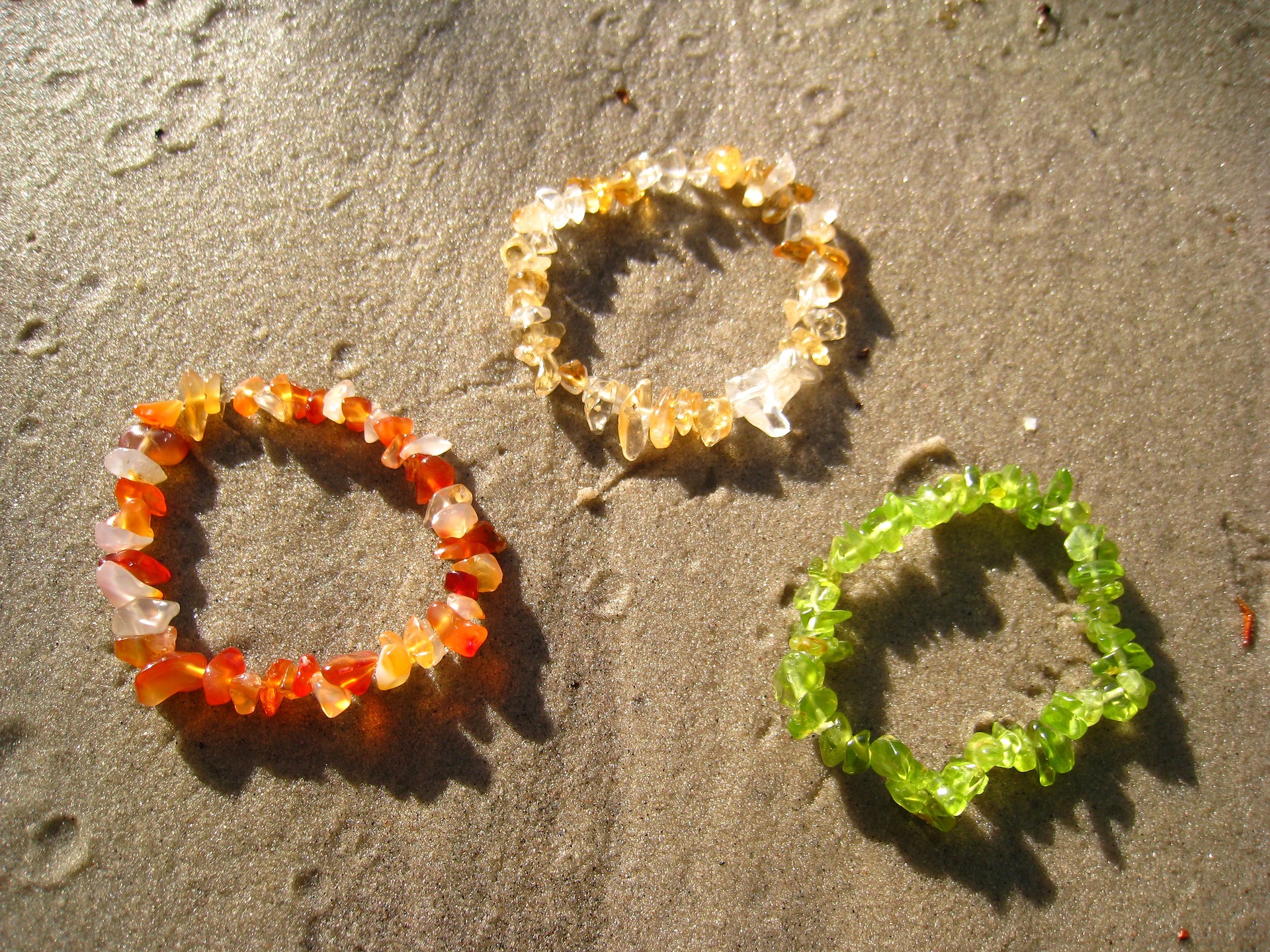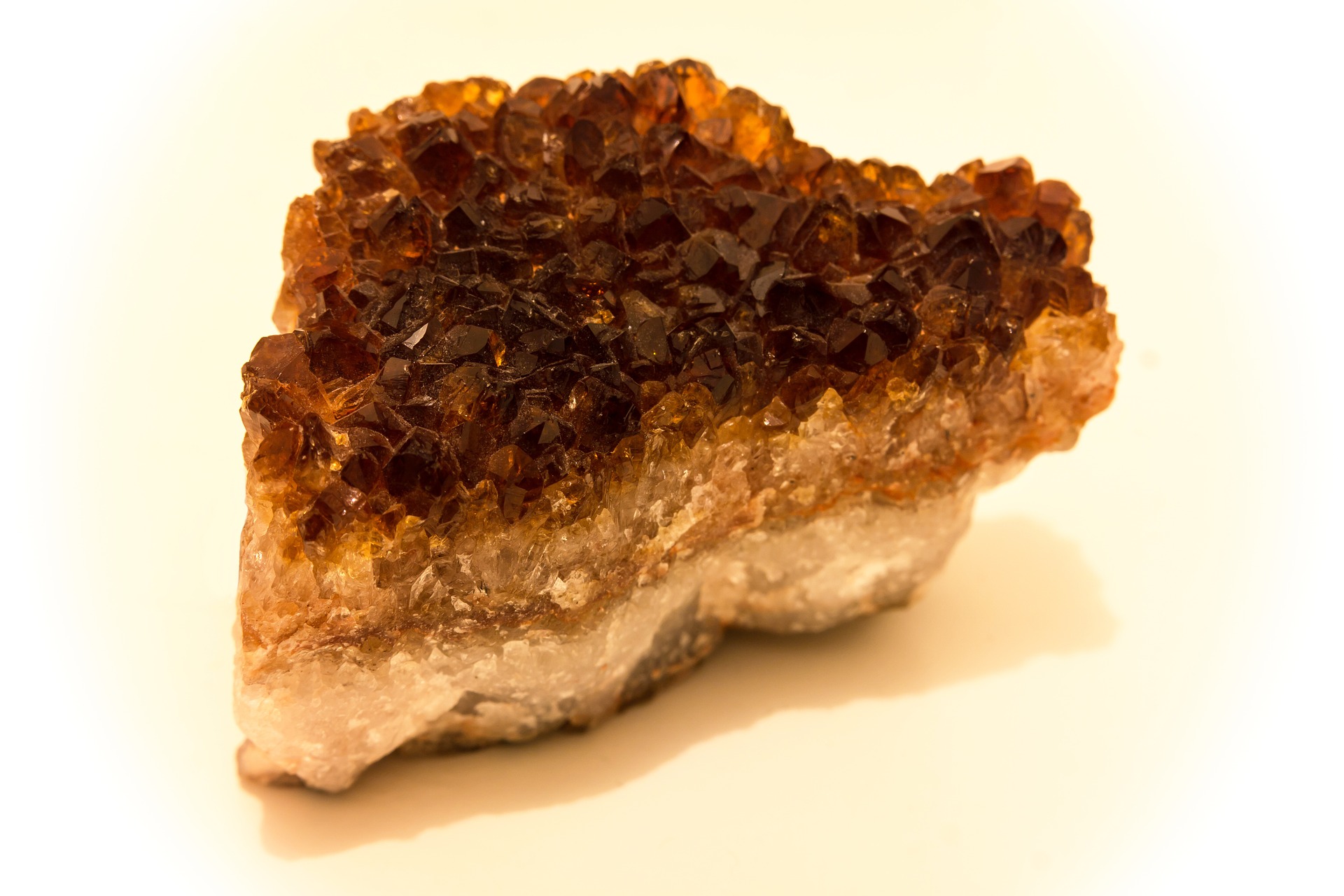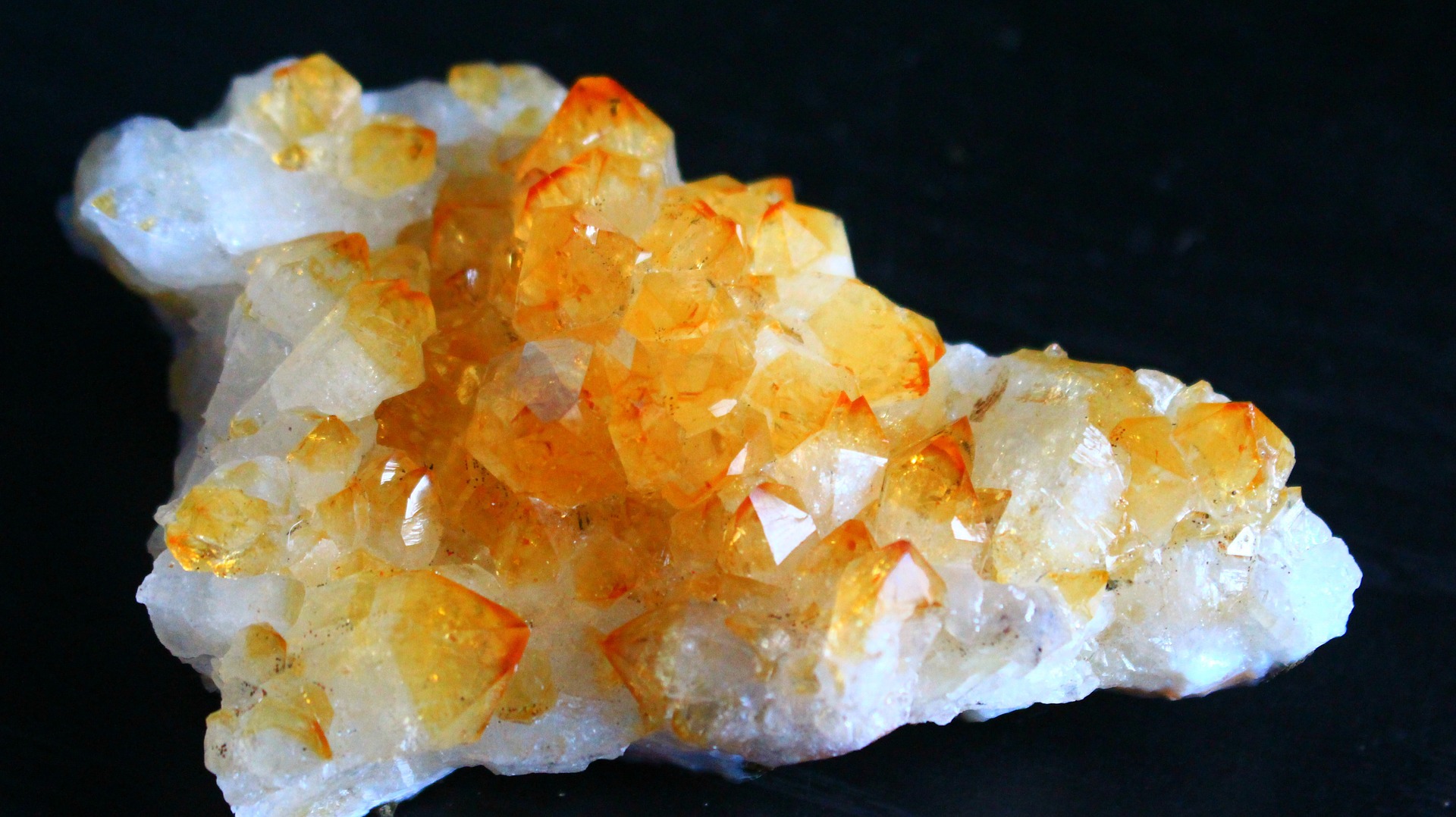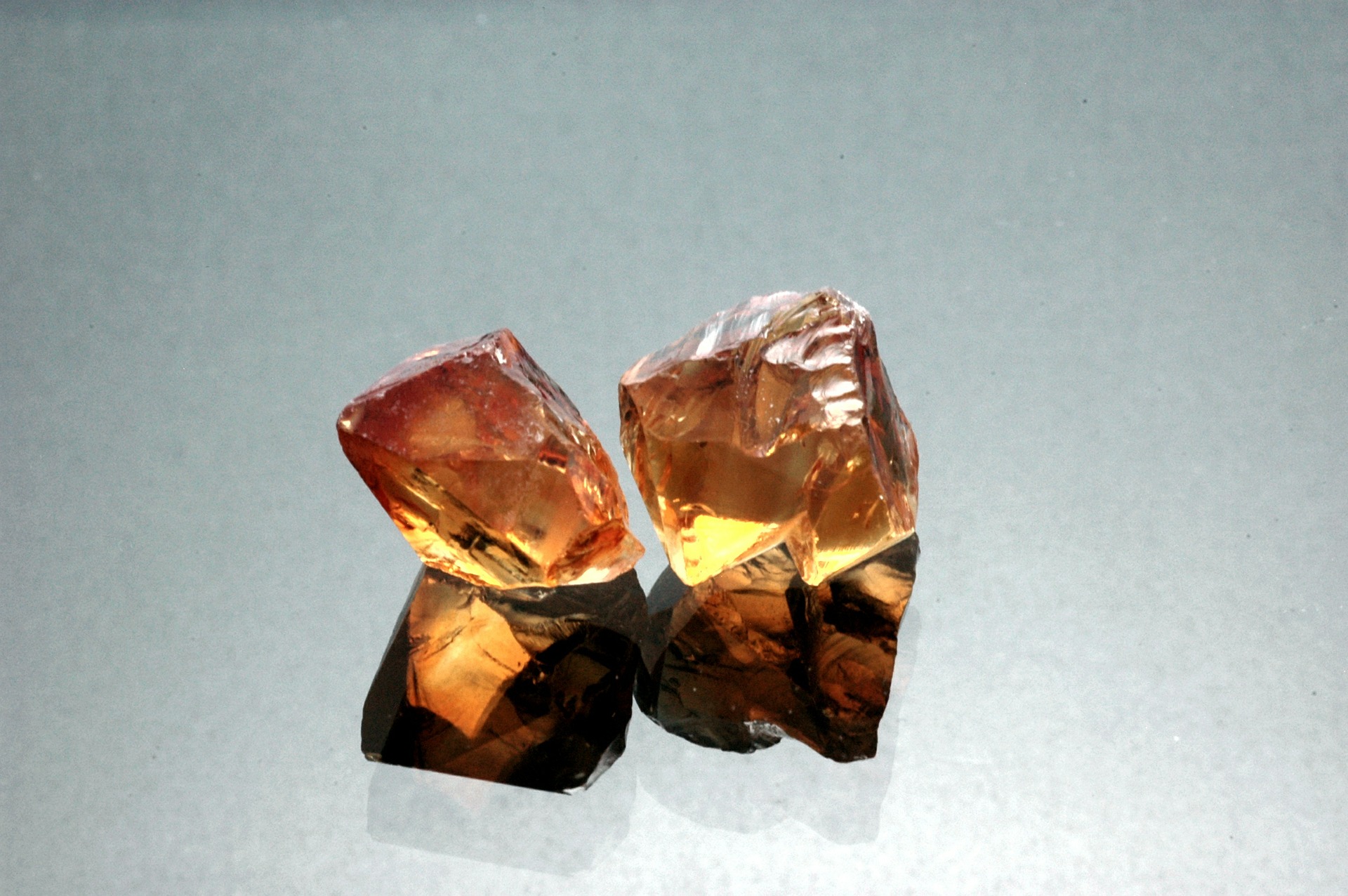Citrine is known as the stone of the mind, it stimulates the brain, increases concentration, strengthens the intellect and increases psychic powers. It can also be used to awaken the solar plexus chakra, helping to develop confidence and personal strength.
Citrine improves mood, enhances motivation, and attracts wealth. Charged citrine has been reported to enhance a person’s joy and mental wellbeing when it is worn. The stone resonates with the solar plexus, also it should be kept close to that chakra in order to maximize its effects.
Wearing any type of citrine can help you open up your solar plexus chakra, which allows you to take charge of your feelings and control it both physically and mentally. Since it is one of the best crystals to trigger the solar plexus chakra, citrine enhances your ability to reveal what you really need and desire, such as health, wealth, love, new relationships, and more.
Citrine Is Useful for Attracting Wealth
As I said before, Citrine is a powerful crystal that attracts money and prosperity because it activates the solar plexus chakra and enhances your ability to fulfill wishes such as good health, a good life or a good home, etc.
Citrine is said to work well with other stones, which means that if you own Citrine and combine it with other stones, you will have a powerful combination of life energy, and it will bring you yellow hues, radiance and radiance to life.
While citrine provides energy, it doesn’t mean it boosts you into overdrive, it’s a stone that will lift your spirits during bootstrapping without leaving you unbalanced. It will help you overcome your boundaries, the boundaries set by your mind, and help you manifest and bring into your life what you desire. Breathe in clarity of mind, ignite the flame of passion and help you learn.
In its own way, the unique citrine crystal can protect you from any harmful energy that enters your environment, as well as protect you from negative influences and inner instability, constantly bringing you a spark of spontaneity and a sense of adventure.
Citrine Also Invigorates the Spirit
Keeping this stone nearby will help keep your surroundings and energy bright and vibrant. Healing Citrine Crystal can help you keep your wit when everyone around you can’t.
Just by looking at this stone, you will feel relieved by the healing properties of the citrine crystal. Whether or not you believe gemstones have healing powers, the beautiful yellow color of this stone will bring light into your life.
This is a great crystal to carry around during these months, or in the non-summer months as we’re all looking for more energy to bring this time of year. Citrine is associated with summer and the sun, so it’s a great crystal to carry around during the warmer months of the year. An excellent meditation crystal, Citrine will focus and clear your mind.
Citrine May Also Improve Cognitive Ability
The energy of citrine will help you analyze the situation and digest the information. This will help keep your emotions stable and calm even in the most difficult situations.
It will help you find solutions to problems, accept constructive criticism gracefully, and act boldly accordingly. Get inspired, feel its energy and start changing your mindset with this amazing stone.
Because it helps you focus and relax, citrine is great for making big decisions. Citrine can promote good things throughout the year and, more importantly, can help you channel the spiritual energy within you at any time of the year.
With that in mind, you can use it as a great tool to bring positive energies into areas where you may have or suspect you have negative energies, spirits, or even ghosts. As with red jasper, citrine will attract negative energy into your life and bring you the peace you need.
Citrine Might Assist in Healing
There are many reasons to use citrine in your healing work, but the main one is that citrine brings sunshine and optimism to you and everyone around you. Of course, you can buy jewelry with citrine in the form of a necklace, bracelet or ring, and its positive and solar energy will always be in your life.
Of course, you can also carry Citrine with you in your purse, purse or pocket and touch it whenever you feel like you need a boost of positivity and sunshine.
Since Citrine is also known as the Merchant’s Stone, it can help you embody more, it is also a wise idea to have Citrine in your office as it can help your money tree grow into a beautiful creature. As a stone that can take away negativity and stress and help you turn power into peace, it’s no surprise that citrine is a secret weapon in business, or simply to attract what you need and want.
Keep Citrine Nearby for General Health
Citrine can help the digestive system to calm down and work properly with your bodily system as it acts to slow the crystals. It is believed to have positive effects in relieving back pain and fighting depression, negative energy, and liver, spleen, digestive and bladder problems.
This makes it a good crystal with many healing properties for both emotional and physical ailments. In a physical sense, the healing properties of citrines are to improve digestion and increase stamina.
Natural citrine increases physical endurance and energy, supports the endocrine system and promotes proper metabolism. It helps keep skin, nails and hair healthy and helps relieve skin irritations and allergies, especially those caused by food or chemical intolerances. Natural citrine is an excellent crystal for those who are overly sensitive and extremely vulnerable to external energies and influences.
Citrine Is a Stone of Positivity
Natural Citrine is a powerful cleanser that helps identify and treat problems associated with abuse of power and feelings of helplessness.
Additionally, this crystal enhances our self-esteem and creates a vibrant flow of energy in and around the body, giving us a sense of personal strength. The meaning of this crystal is related to its calming energy, which increases the personal will driven by the power of the sun.
Because of its yellow color, citrine is considered a joyful stone with solar energy that illuminates the lives of those who work and wear it.
The Need for Positivity in Life
The power of positivity, an explosion of light energy and a warm glow of shattered nerves, Citrine is like a summer vacation for your soul. Later in the article, we will talk about how citrine can be used in an energizing meditation to truly become a light maker that will guide you towards a more productive and enthusiastic approach to life.
Citrine is known as “energy crystal”, which can enhance physical strength, stamina and physical strength, enhance the endocrine system, and promote metabolism.
The physiotherapy properties of citrine are related to its energy properties, which can increase stamina, energy levels, improve intelligence, concentration, intelligence, self-confidence, and mental clarity. It also helps you stay calm and peaceful, which obviously helps keep your digestive system healthy.












